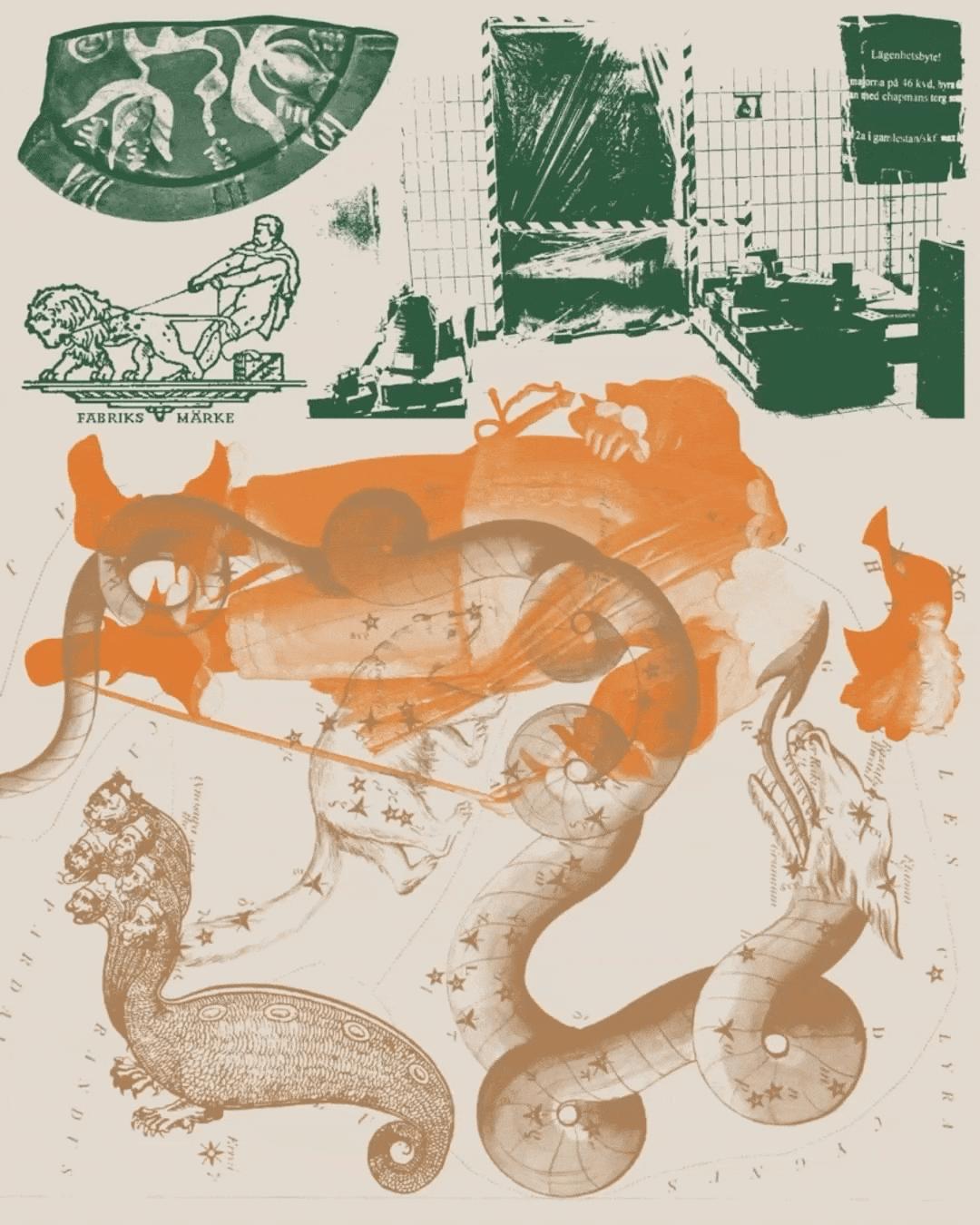
Studies
Meira Ahmemulić (b. 1974 in Halmstad) is an artist and writer whose works explore the intersections of language, identity, and environment.
Ahmemulić grew up in Angered and studied at Valand Academy of Fine Arts as well as the Academy of Fine Arts in Sri Lanka. Her multifaceted practice addresses questions of exile, memory, national subjects, and the dual nature of language—both as a tool of power and freedom and as a mechanism of subjugation and exclusion.
Her art has been exhibited at venues such as Blå Stället in Angered, GIBCA, Moderna Museet, and Malmö Konstmuseum, and her texts have been published in cultural journals such as Ord&Bild and Glänta. In 2024, she was awarded the Swedish Arts Grants Committee’s major grant in visual arts and design.
Meira Ahmemulić is currently involved in the art project Field Studies.
Ahmemulić participated in the exhibition I’m Imagining a Home with the work De höga husens rundgång. This immersive VR piece sought to destabilize the viewer’s position in urban space, evoking the sensation of being both invisible and observed simultaneously. Various scenarios and voices formed a 360-degree collage, transporting the viewer through a city full of boundaries.
A ritual drawn from the folklore collection of Romantic-era antiquarian Leonhard Fredrik Rääf (d. 1872) provided the magical formula for becoming invisible. In Betlehemskyrkan, a priest delivered a sermon on how God spoke of creation: “God’s language was without mercy. Therefore, it had to be perfect.” Here, a passage beneath a concrete structure in Gårdsten, a square in a 1960s-era housing complex, and the grand Stora Teatern served as backdrops for various revelations and encounters, where words and language functioned both as magical spells and as border guards.
“A stated function of Swedish cultural policy for a long time was to counteract what the 1974 cultural policy bill called ‘the negative effects of commercialism in the cultural sector.’ Until this wording was removed in 2008, it could be seen as an attempt to establish culture as an exception to the conditions of the rest of society, where one of commercialism’s effects is the segregation of people. As inequality and segregation have increased, new ways of managing capitalism’s effects have emerged—namely, designating parts of society as parallel, linked to the geographic peripheries of major cities. And while artistic freedom in cultural policy has increasingly been equated with market freedom, it has also been mobilized by established art critics against art shaped by social contradictions they do not wish to have spelled out for them.”
The text *Language as a Form of Displacement: On Meira Ahmemulić’s De höga husens rundgång by Patrik Haggren was published in the journal Paletten.